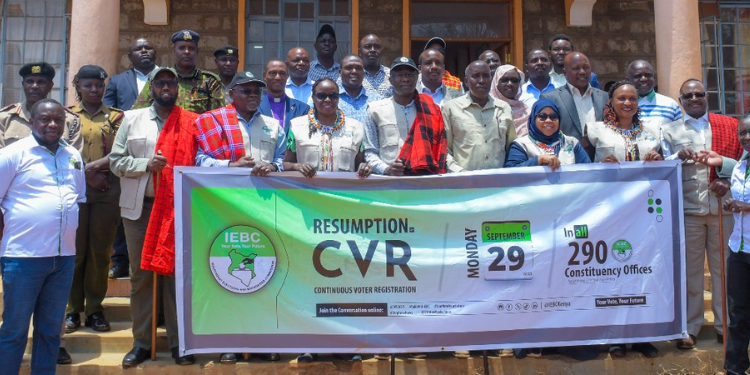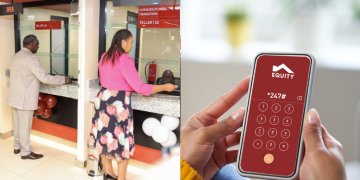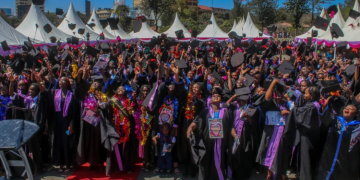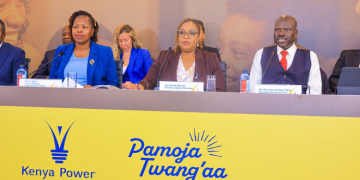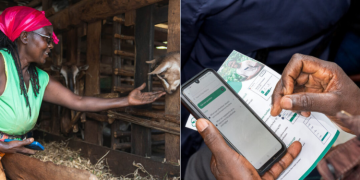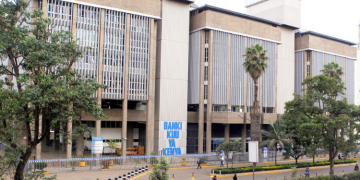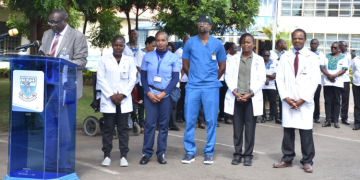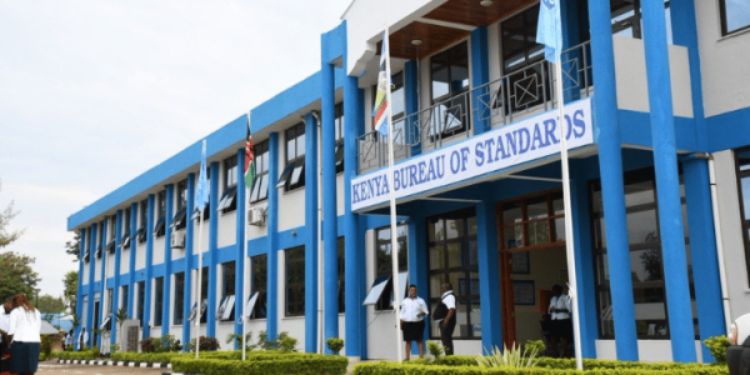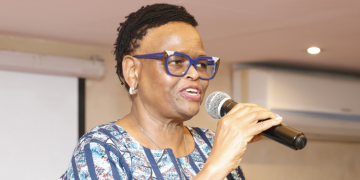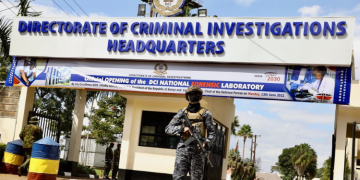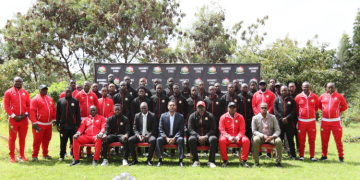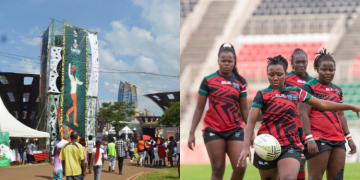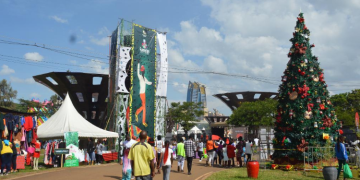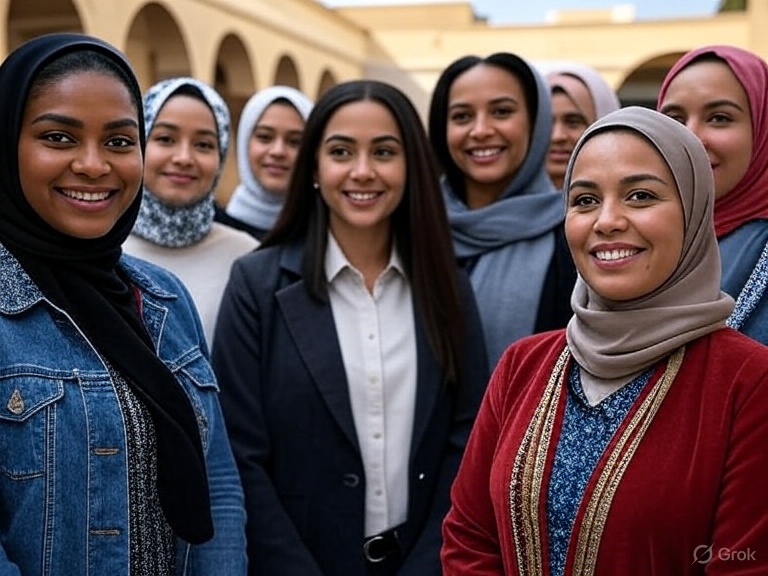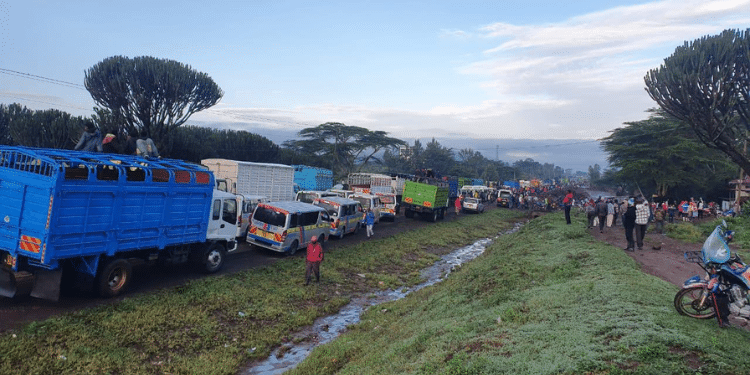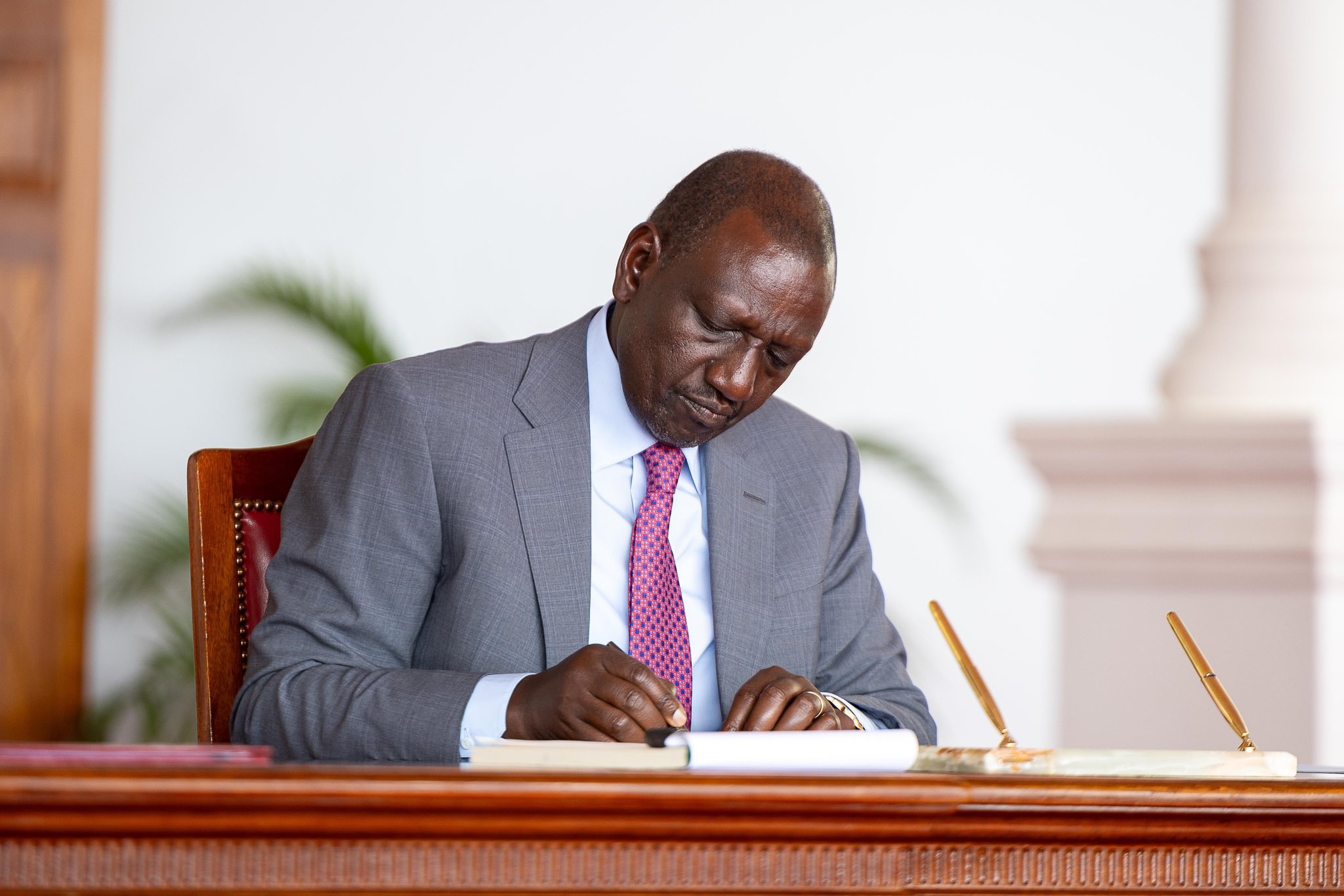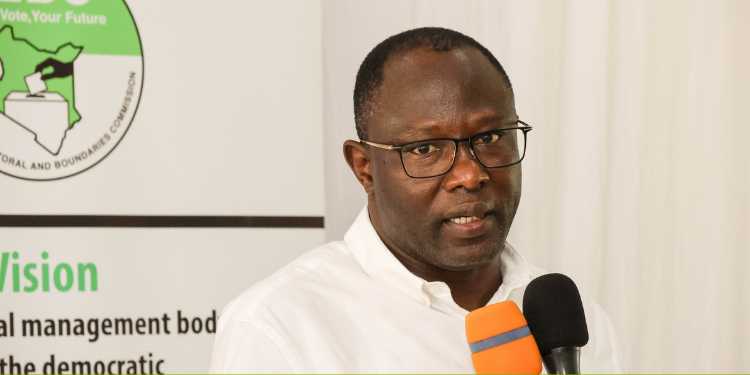The Elections Observation Group (ELOG) has raised concerns over the Independent Electoral and Boundaries Commission’s (IEBC) introduction of iris scans in the ongoing Continuous Voter Registration (CVR) exercise.
In a statement on October 7, ELOG highlighted potential privacy and data protection risks, noting that while the biometric technology is designed to enhance voter verification, it raises concerns about how personal data is handled.
“ELOG notes the introduction of iris scans as an additional biometric identifier in the registration process. While this innovation can strengthen voter verification, it has also generated public concern over privacy and data protection,” read part of the statement.
The group urged IEBC to clearly explain how iris data will be securely stored and used in line with the Data Protection Act (2019), and to disclose whether a Data Protection Impact Assessment (DPIA) was conducted prior to its implementation.
IEBC Announces Iris Scans in Voter Registration
In an announcement on October 3, IEBC outlined improvements to the voter registration process under the Elections Act.
Traditionally, the Commission captured fingerprints and a digital facial photograph as the only biometric identifiers.
This year, an additional feature — the iris — has been incorporated, providing an alternative method of voter identification in the event that fingerprint recognition fails.
“This year, an additional biometric feature — the iris — has been incorporated. The iris provides an alternative means of voter identification should fingerprint recognition fail,” read the announcement.
The use of iris recognition is fully permitted under the law, which allows for biometric identifiers such as fingerprints, hand geometry, earlobe geometry, retina and iris patterns, voice waves, DNA, and signatures.
Also Read: IEBC Provides Update Ahead of Voter Registration Exercise
ELOG Raises Concerns Over Voter Registration
ELOG also highlighted several concerns regarding the ongoing Continuous Voter Registration (CVR) exercise.
The group noted that while registration is currently limited to constituency offices, public awareness of this limitation remains low, particularly among youth and rural populations.
To address this, ELOG recommended stronger communication on where registration services are available, targeted outreach through public meetings, and engagement with politicians, religious organizations, and resident associations
Additionally, they pointed out confusion around registration and voting locality. Many members of the public continue to ask whether voters can register in one constituency and vote in another.
ELOG has urged IEBC to simplify communication materials, widely disseminate accurate information through both traditional and digital media, and ensure local offices provide consistent guidance on voter transfers and updates.
Also Read: IEBC Sets Campaign Period for the November By-Elections
It has also commended IEBC for resuming the CVR exercise across 278 constituencies (excluding areas with scheduled by-elections next month).
According to IEBC data as of October 2, 2025, 7,048 new voters were registered, 259 voters transferred their registration, and 8 voters updated their particulars during the first week.
While positive, these numbers represent only 0.11% of the national target of 6.3 million new voters.
County-level trends indicate strong early participation in urban areas, with Nairobi leading at 1,597 new registrations, followed by Mombasa (556), Kiambu (386), Kisii (312), and Machakos (260).
In contrast, remote counties like Lamu, Samburu, Tana River, and Nyamira recorded the lowest numbers.
Follow our WhatsApp Channel and X Account for real-time news updates.
